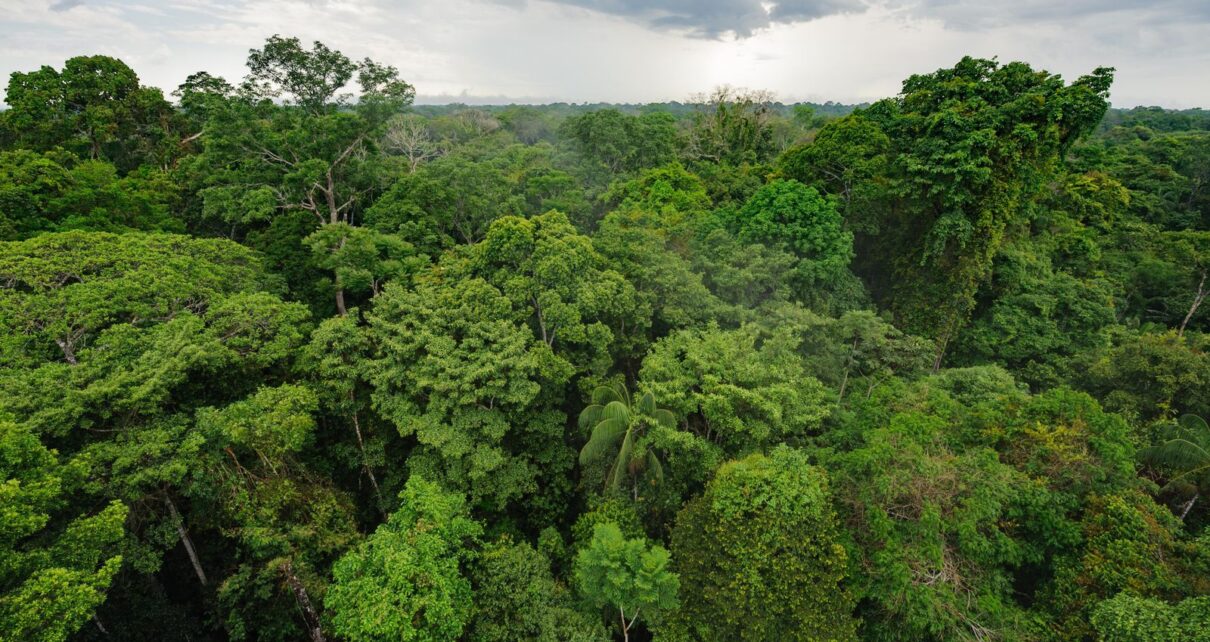The Amazon rainforest is now emitting more carbon dioxide than it is able to absorb, scientists have confirmed for the first time.
The rainforest was once a carbon sink — meaning it absorbed more carbon than it released — but it now accounts for more than 1 billion metric tons of emissions every year, mainly due to forest fires and deforestation.
Most of the emissions are caused by fires, many deliberately set to clear land for beef and soy production. But even without fires, hotter temperatures and droughts mean the south-eastern Amazon has become a source of CO2, rather than a sink.
The nine-year research project, published Wednesday, was led by Brazil’s National Institute for Space Research in partnership with scientists from several countries, including the US, the Netherlands and New Zealand.
Drones collected samples to measure carbon levels in four locations across the Amazon, with the study’s long timeframe allowing the researchers to account for year-to-year variations in the forest’s carbon levels.
The carbon balance — the final balance between emissions and the absorption of carbon — of the Amazon showed that it released 1.06 billion metric tons of CO2 into the atmosphere per year between 2010 and 2018. According to the study, 0.87 billion metric tons of emissions came from the Brazilian Amazon.
In addition to deforestation and fires, the study says the rise in emissions from the Amazon has been accelerated by warming temperatures and “moisture stress” during the dry season. The eastern areas have less moisture than the west during already-difficult dry periods, which now have become drier and have lasted longer due to climate change.
The scientists said the discovery that part of the Amazon was emitting carbon even without fires was particularly worrying. They said it was most likely the result of each year’s deforestation and fires making adjacent forests more susceptible the next year. The trees produce much of the region’s rain, so fewer trees means more severe droughts and heatwaves and more tree deaths and fires.
The government of Brazil’s president, Jair Bolsonaro, has been harshly criticised for encouraging more deforestation, which has surged to a 12-year high, while fires hit their highest level in June since 2007.
What’s happening now is a domino effect of destruction, one that scientists say needs to be curbed — sooner rather than later.
“The Amazon is a carbon source. No doubt,” Luciana Gatti, a researcher at Brazil’s National Institute for Space Research who led the study, said in an interview with environmental news site Mongabay. “The first very bad news is that forest burning produces around three times more CO2 than the forest absorbs. The second bad news is that the places where deforestation is 30% or more show carbon emissions 10 times higher than where deforestation is lower than 20%.”
Fewer trees meant less rain and higher temperatures, making the dry season even worse for the remaining forest, she said: “We have a very negative loop that makes the forest more susceptible to uncontrolled fires.”
Much of the timber, beef and soy from the Amazon is exported from Brazil. “We need a global agreement to save the Amazon,” Gatti said.
Some European nations have said they will block an EU trade deal with Brazil and other countries unless Bolsonaro agrees to do more to tackle Amazonian destruction.
“Imagine if we could prohibit fires in the Amazon – it could be a carbon sink,” said Gatti. “But we are doing the opposite – we are accelerating climate change.”
“The worst part is we don’t use science to make decisions,” she said. “People think that converting more land to agriculture will mean more productivity, but in fact we lose productivity because of the negative impact on rain.”




